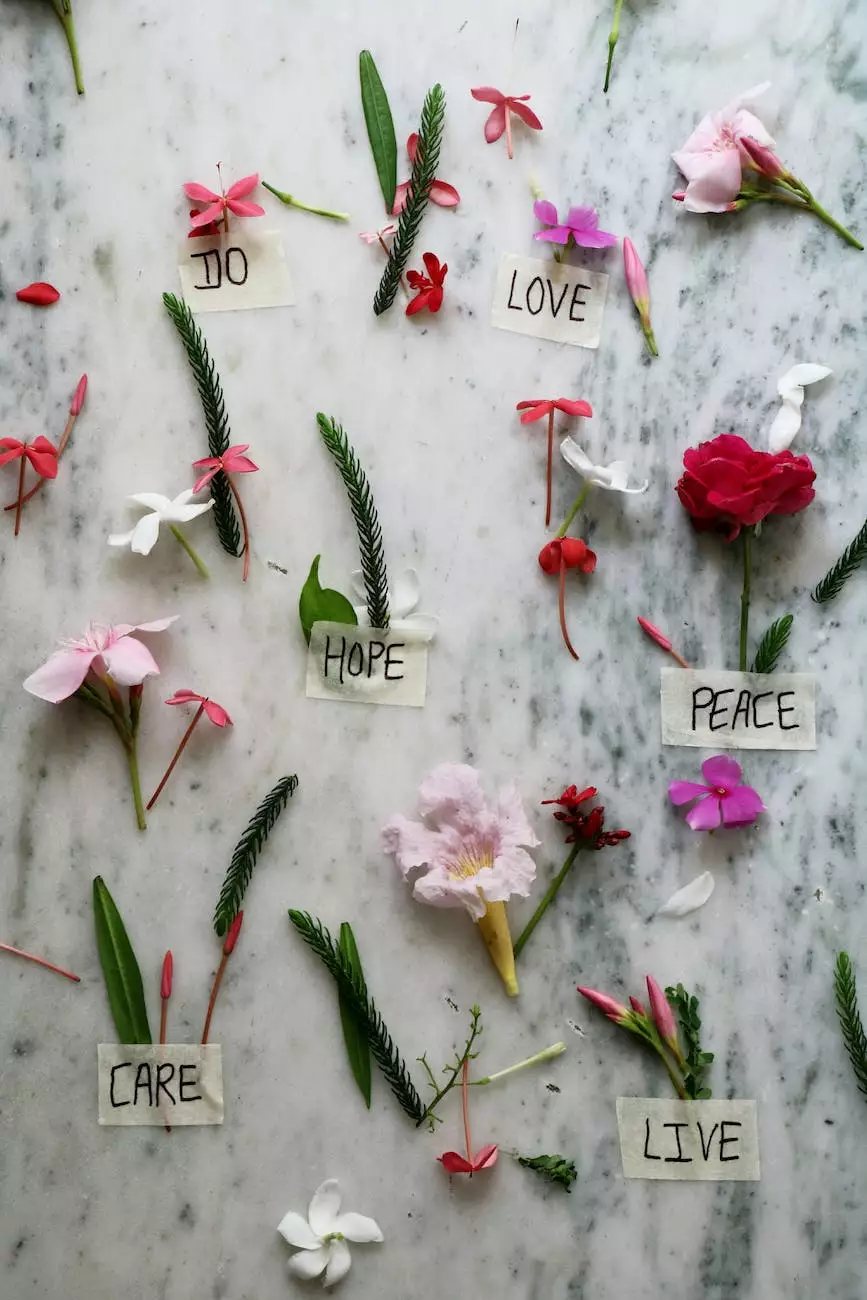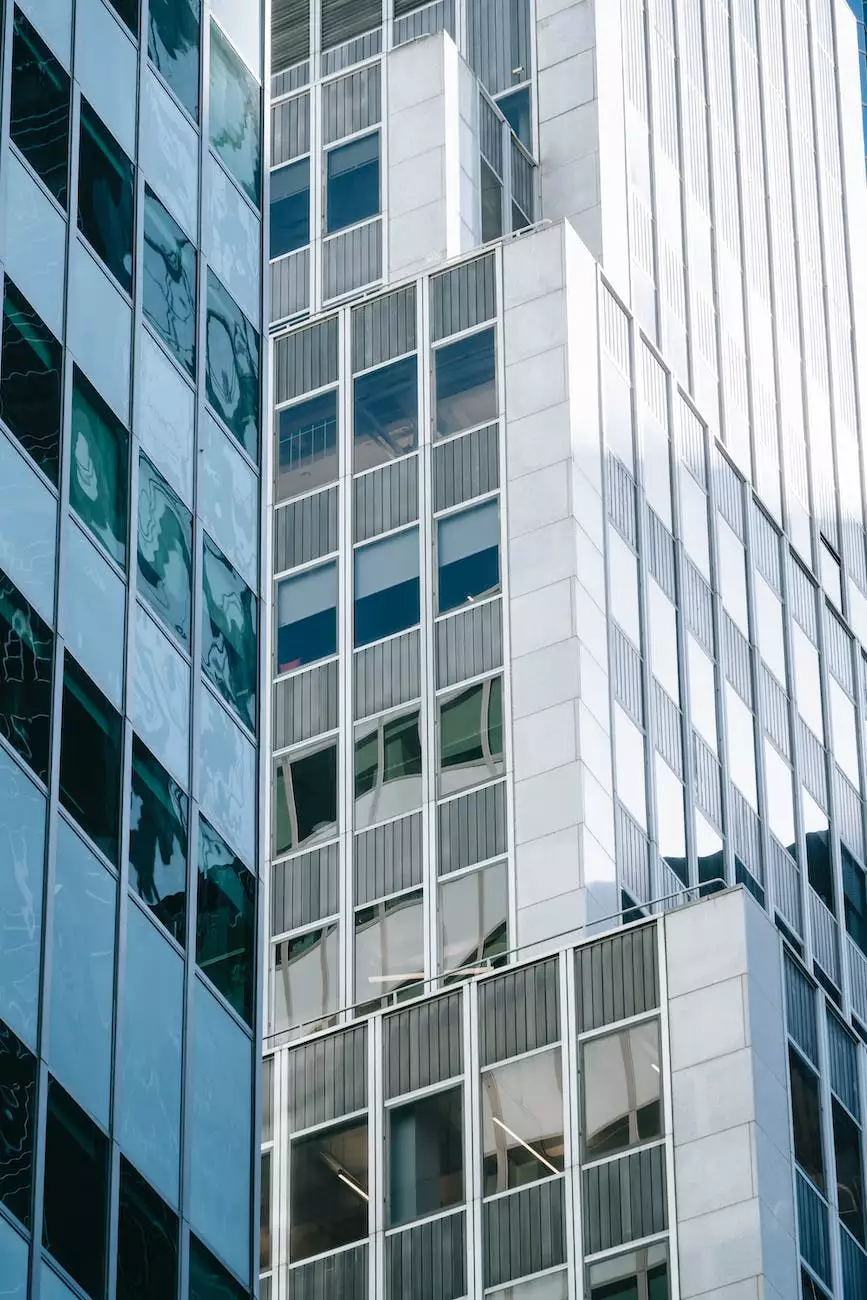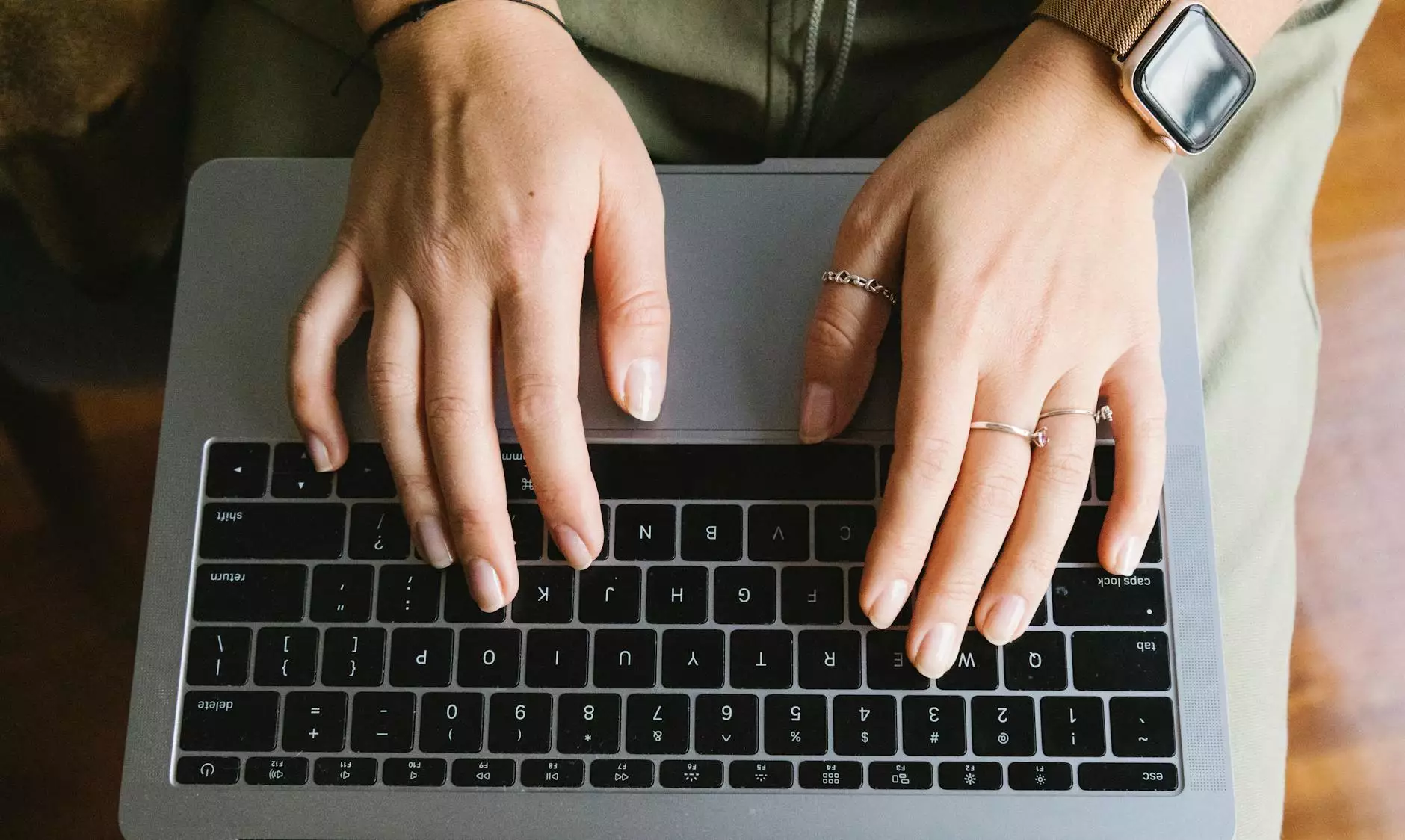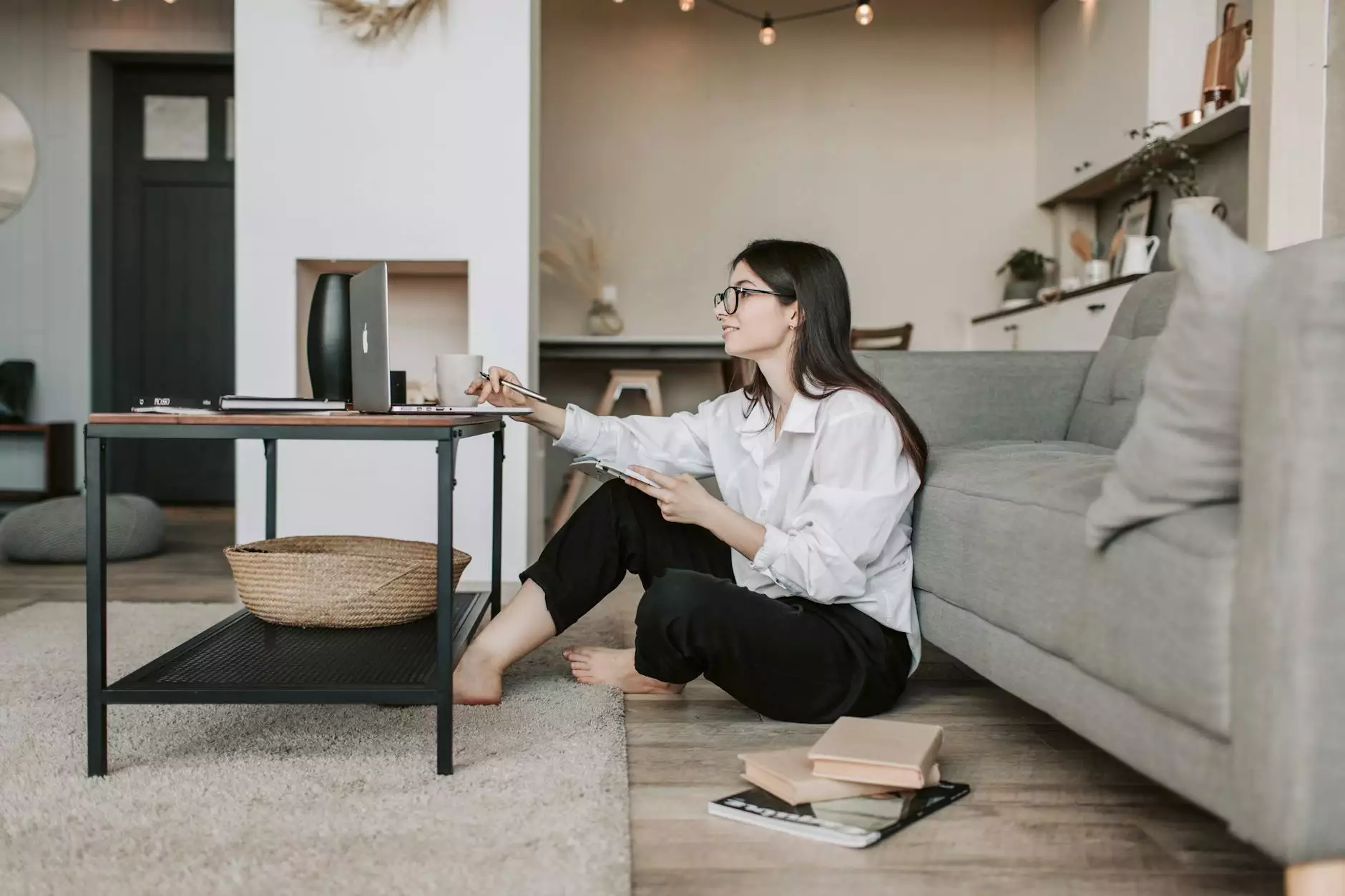Blog Layout & Design Guide for SEO
Blogging
Introduction
Welcome to the ultimate Blog Layout & Design Guide for SEO, presented by SMI Webdesign – your go-to experts for business and consumer services website development. In this comprehensive guide, we will walk you through the essential elements and best practices to create a blog that not only looks visually appealing, but also ranks well in search engine results pages (SERPs).
The Importance of Blog Layout and Design
When it comes to blogging, content is undoubtedly king. However, it is equally vital to pay attention to your blog's layout and design. An aesthetically pleasing and user-friendly blog layout can significantly impact how your audience engages with your content and how search engines perceive your website.
1. User Experience (UX)
A well-designed blog layout enhances the overall user experience. Visitors should find your blog intuitive to navigate, with clear categories, well-organized content, and easy-to-use menus. Engaging visuals, concise paragraphs, and relevant subheadings contribute to a pleasant reading experience, reducing bounce rates and increasing the time users spend on your blog.
2. Mobile Responsiveness
In today's mobile-first era, having a mobile-responsive blog is imperative. Ensure your blog layout adapts seamlessly to different screen sizes, guaranteeing a consistent experience across desktop, tablet, and mobile devices. Responsive design not only improves user experience but also positively impacts search engine rankings, as Google prioritizes mobile-friendly websites.
3. Visual Appeal
Eye-catching visuals and an appealing color palette play an essential role in blog design. Use high-quality images, videos, and infographics to enhance your content and engage your readers. Keep your blog visually consistent with your brand, utilizing fonts and colors that align with your overall website design. A visually appealing blog design can leave a lasting impression on your audience and encourage social sharing.
4. Readability and Accessibility
Readable content is crucial for both human readers and search engines. Break your blog posts into well-structured paragraphs with clear topic sentences. Utilize HTML headings (
, , etc.) for better organization and keyword optimization. Ensure appropriate font sizes and contrast ratios to enhance accessibility for visually impaired users.5. SEO Optimization
5. SEO Optimization
Optimizing your blog layout for search engines is essential for driving organic traffic. Use keyword-rich titles, meta descriptions, and heading tags to help search engines understand the context of your content. Incorporate relevant internal and external links to boost your blog's authority and credibility. Strategic placement of keywords within your content and alt tags for images can further enhance SEO performance.
Best Practices for Blog Layout and Design
1. Consistent Branding
Create a strong brand identity by consistently incorporating your brand colors, logo, and typography into your blog layout. Brand consistency builds trust and recognition among your audience, increasing the credibility of your content.
2. Easy Navigation
Simplify navigation by using clear menus or a sidebar that categorizes your blog posts for easy access. Implement breadcrumbs to provide users with a clear path back to previously viewed pages.
3. Engaging Call-to-Actions (CTAs)
Include compelling CTAs within your blog layout to guide users to take desired actions, such as subscribing to your newsletter, sharing content on social media, or exploring related articles. Well-placed CTAs can significantly improve user engagement and conversion rates.
4. Social Sharing Integration
Make it effortless for readers to share your blog content on social media platforms. Incorporate social sharing buttons, allowing users to amplify your reach and drive more traffic to your blog.
5. Speed and Performance
Ensure your blog loads quickly to prevent user frustration. Optimize images, use caching techniques, and leverage content delivery networks (CDNs) to speed up your blog's performance. Fast-loading websites are favored by search engines and contribute to a positive user experience.
Conclusion
In conclusion, mastering the art of blog layout and design is crucial for both aesthetics and SEO optimization. By implementing the best practices discussed in this guide, you can create a visually stunning and user-friendly blog that ranks higher on Google and captivates your target audience. Remember, at SMI Webdesign, we are committed to helping you unlock the true potential of your website through our expertise in business and consumer services website development.




